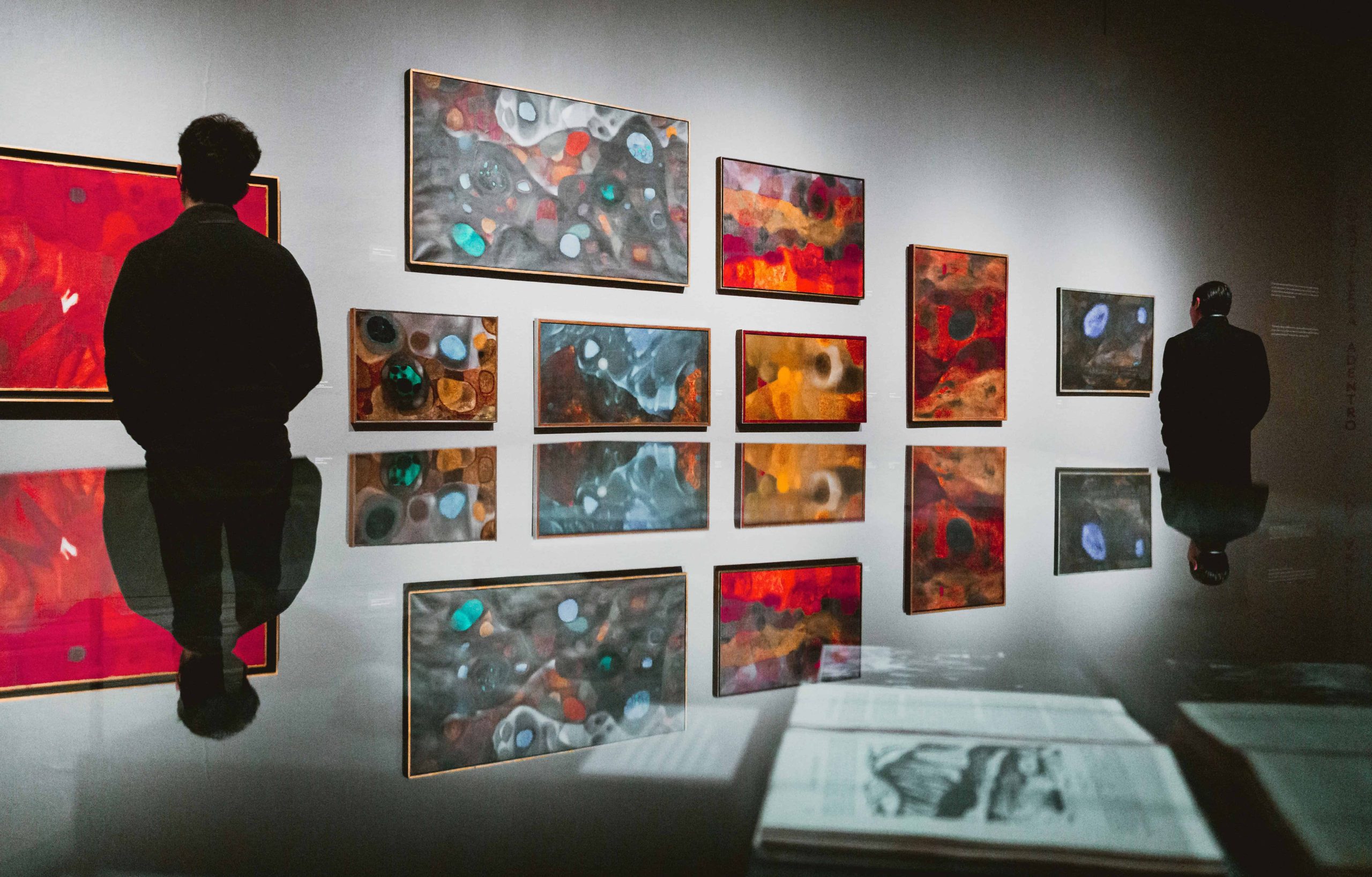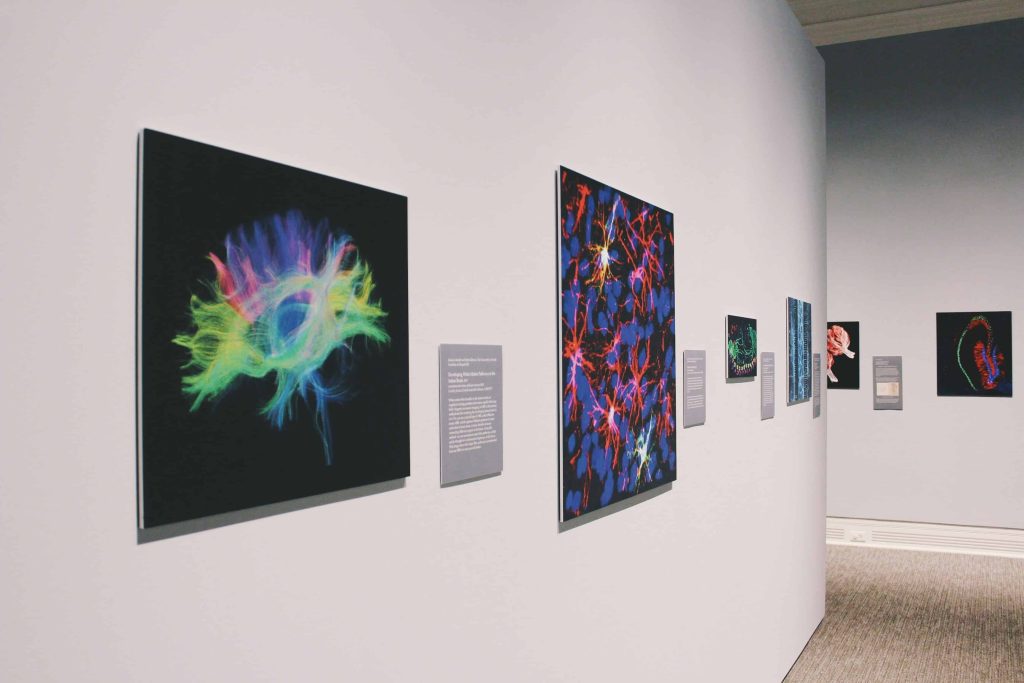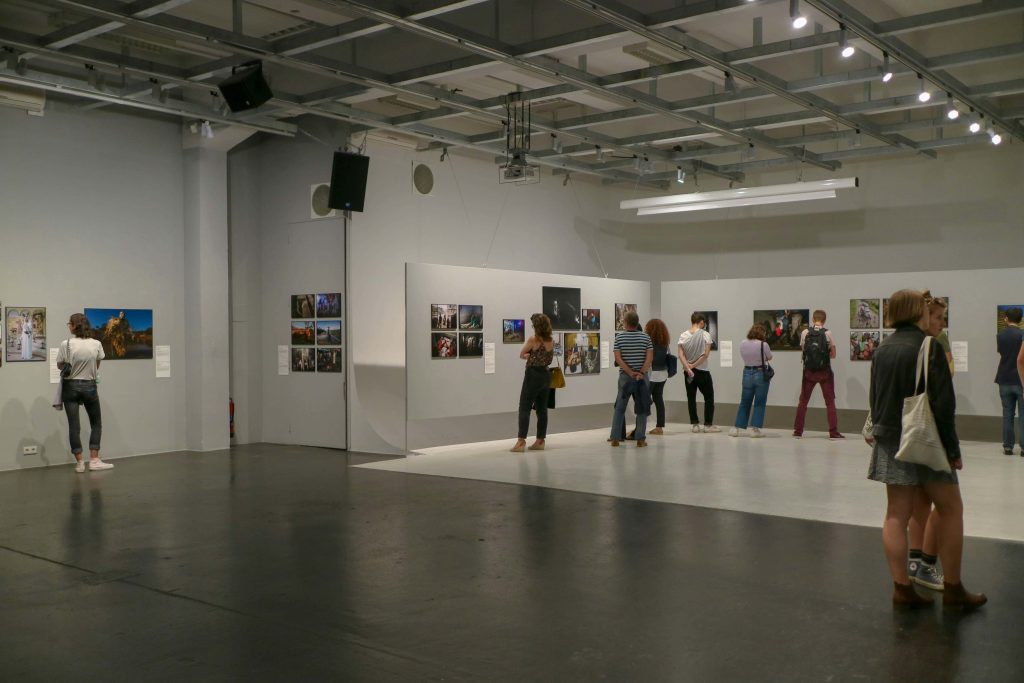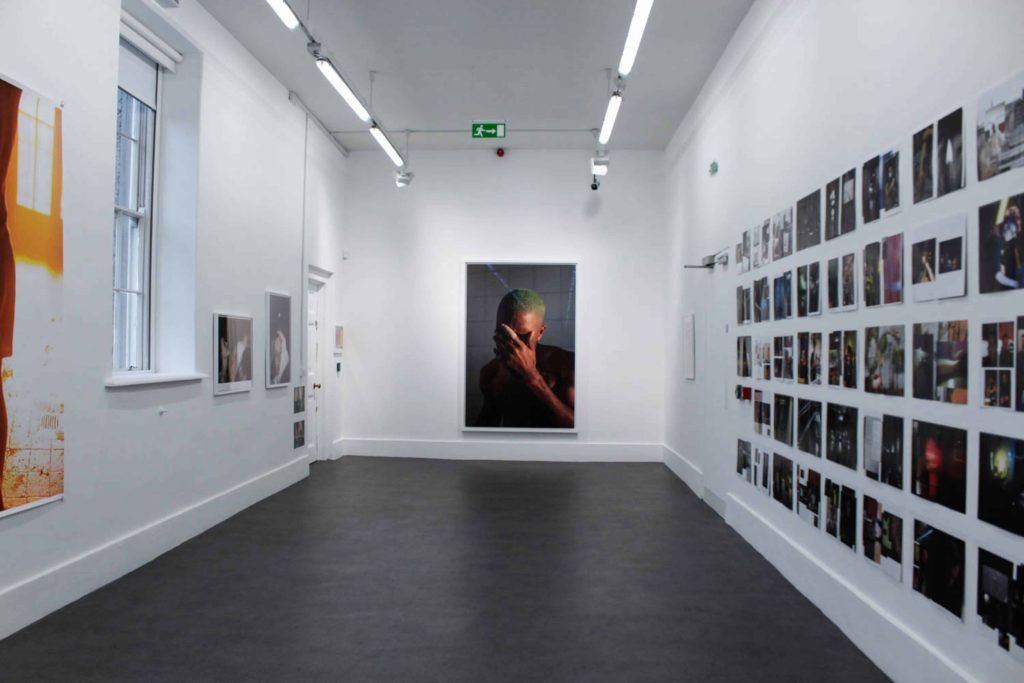
05 Aug Cultural Diversity and Inclusion in Art
The Significance of Cultural Diversity and Inclusion in Art
In today’s globalized world, cultural diversity and inclusion are not just buzzwords but essential elements of artistic expression. From visual arts to literature and new media, embracing diverse perspectives enriches the artistic landscape and fosters a more inclusive society. Let’s delve into why cultural diversity and inclusion matter in art and how they can be promoted across various art forms.
Cultural diversity in art refers to the representation of various cultures, identities, and experiences. Inclusion, on the other hand, ensures that these diverse voices are not only present but also valued and empowered within the artistic community. Embracing cultural diversity and inclusion in art is crucial, as it promotes equity, understanding, and social cohesion.

The Impact of Cultural Diversity and Inclusion in Art
Benefits for the Audience
- Seeing Oneself and One’s Stories Reflected in Art: Representation matters. When individuals see their culture and experiences reflected in art, it validates their identity and fosters a sense of pride and belonging.
- Fostering a Sense of Belonging and Connection: Inclusive art spaces create environments where individuals from diverse backgrounds feel welcomed and understood, leading to stronger community bonds.
- Broadening Understanding of Different Cultures and Perspectives: Exposure to diverse art forms expands one’s worldview, fostering empathy and respect for cultural differences.
- Encouraging Empathy and Challenging Stereotypes: Art has the power to humanize experiences and challenge stereotypes, promoting empathy and understanding across cultural divides.
Benefits for Artists
- Providing a Platform for Underrepresented Voices: Inclusive art spaces provide opportunities for artists from marginalized communities to showcase their talent and share their stories.
- Enriching Artistic Expression Through Diverse Viewpoints: Collaboration among artists from different backgrounds leads to innovative approaches and a richer tapestry of artistic expression.
- Fostering Collaboration and Innovation: By bringing together artists with diverse perspectives, art becomes a catalyst for collaboration and innovation, driving social change and progress.

Promoting Cultural Diversity and Inclusion Through Art Forms
Visual Arts
- Highlighting Diverse Artists and Their Works: Galleries and museums should actively seek out and exhibit the work of artists from diverse cultural backgrounds.
- Ensuring Representation in Galleries, Museums, and Public Spaces: Art institutions play a pivotal role in promoting cultural diversity by ensuring equitable representation of artists and artworks.
Performing Arts
- Programming That Showcases a Variety of Cultures and Stories: Theater companies, dance troupes, and music venues should curate performances that celebrate diverse cultural narratives.
- Encouraging Diverse Voices in Playwriting, Choreography, and Music: Support programs and initiatives that empower artists from underrepresented communities to create and showcase their work.
Literature
- Supporting and Promoting Authors from Different Backgrounds: Publishers and literary organizations should actively seek out and promote the work of writers from diverse cultural backgrounds.
- Including Diverse Narratives and Perspectives in Libraries and Bookstores: Ensure that libraries and bookstores offer a diverse selection of books that reflect the experiences of readers from various cultural backgrounds.
New Media Art
- Utilizing Technology to Create Inclusive and Interactive Art Experiences: New media artists can leverage technology to create immersive experiences that engage audiences across cultural divides.
- Addressing Social Issues and Promoting Cultural Understanding: New media art has the potential to spark conversations and raise awareness about pressing social issues, promoting cultural understanding and empathy.

Conclusion
In conclusion, cultural diversity and inclusion are not only essential for the vitality of art but also for building a more equitable and inclusive society. While progress has been made, there are still challenges to overcome and strides to be made. By actively promoting cultural diversity and inclusion across various art forms, we can create a more vibrant and reflective artistic landscape that celebrates the richness of human experience. Let’s continue to work towards a future where everyone’s voice is heard and valued in the world of art.
Key Takeaways
- Cultural Diversity and Inclusion are Essential: They are not just buzzwords but fundamental aspects of artistic expression in our globalized world.
- Benefits for the Audience: Inclusive art fosters belonging, broadens understanding, encourages empathy, and challenges stereotypes.
- Benefits for Artists: Inclusive spaces provide platforms for underrepresented voices, enrich artistic expression, and drive collaboration and innovation.
- Promoting Diversity Across Art Forms: From visual arts to literature and new media, promoting diversity involves highlighting diverse artists, ensuring representation, and encouraging diverse narratives and perspectives.
- Conclusion: Cultural diversity and inclusion are vital for both art and society. Continued efforts are needed to promote diversity across art forms and create a more inclusive artistic landscape.
FAQs
Why are cultural diversity and inclusion important in art?
Cultural diversity and inclusion enrich art by incorporating various perspectives, validating identities, promoting empathy, and fostering social cohesion.
How do cultural diversity and inclusion benefit audiences and artists?
For audiences, it offers representation, a sense of belonging, broadened understanding, and challenges to stereotypes. For artists, it provides platforms for underrepresented voices, enriches expression, and fosters collaboration and innovation.
How can cultural diversity and inclusion be promoted across art forms?
Through strategies like highlighting diverse artists, ensuring equitable representation, curating performances that celebrate different cultures, supporting authors from various backgrounds, and utilizing technology for inclusive experiences,.
Unlock the potential of video marketing to showcase the beauty and depth of art, attracting new audiences and fostering a deeper connection with existing followers.

